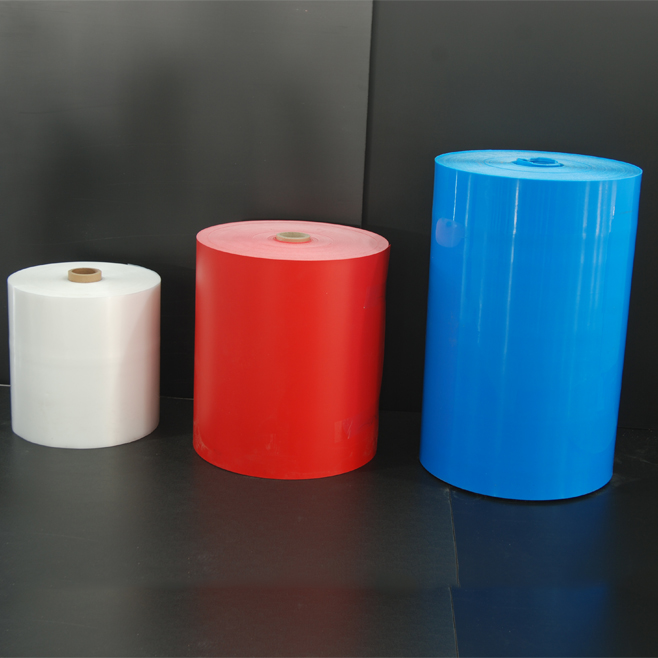Sliver cans are crucial components in the textile industry, serving as the primary containers for slivers from carding machines to spinning frames. The choice of material for manufacturing sliver cans significantly influences their performance, durability, and sustainability. This article examines the different materials used in the manufacturing of sliver cans and talks about how they affect the market.
Common Materials Used in Sliver Can Manufacturing

Plastic:
Plastic is the most widely utilized material for sliver cans since it is affordable and lightweight. Polypropylene (PP) and high-density polyethylene (HDPE) are frequently used options. These plastics offer excellent resistance to chemicals, which prevents them from reacting with the natural oils present in wool and other fibers. Additionally, plastic cans are resistant to moisture, reducing the risk of mold growth. However, plastic’s susceptibility to UV damage and its environmental impact are considerable drawbacks.
Metal:
Metal sliver cans, typically made from aluminum or stainless steel, are valued for their strength and durability. Metal cans can handle heavier loads and are not prone to deformation. From a sustainability perspective, they are even more appealing because they are totally recyclable. Nevertheless, handling energy consumption and shipping expenses may rise due to the heavier and more costly nature of metal cans.
Composite Materials:
Some manufacturers opt for composite materials, combining the benefits of plastics and metals. These composites often involve a plastic body reinforced with metal components to provide additional strength without significantly increasing weight. This combination can offer a good balance between durability and cost-effectiveness while improving the can’s overall performance.
Evaluating Performance
The performance of sliver cans is evaluated based on several criteria:
- Durability: Metal cans generally offer superior durability compared to plastic, making them suitable for long-term and intensive use. However, innovations in plastic technology, like the introduction of reinforced plastics, have begun to close this gap.
- Protection: The primary function of a sliver can is to protect the fiber it contains. Here, the smooth interior surface of plastic cans can be advantageous, as it minimizes the snagging of fibers. Metal cans, while robust, require careful interior finishing to ensure they do not damage the sliver.
- Weight: Plastic cans are cheaper to ship and easier to manage because of their lightweight construction. Metal cans, being heavier, might contribute to higher operational costs due to increased energy needs for transportation and handling.
Sustainability Considerations
Sustainability is an increasingly crucial factor in material selection for sliver cans. Here’s how different materials stack up:
- Recyclability: Metal cans are more sustainable in terms of recyclability. Metals such as steel and aluminum are highly sustainable because they can be recycled indefinitely without degrading in quality. In contrast, plastics can degrade in quality when recycled and eventually become non-recyclable.
- Production Impact: The production of plastic cans generally consumes less energy compared to metal, which requires high energy levels for mining and processing. However, the environmental impact of plastic waste is a significant concern, as it contributes to landfill and ocean pollution.
- Lifecycle: Considering the lifecycle of the materials, metal cans, despite the higher initial energy cost, may have a lower overall environmental impact over their lifespan due to their durability and recyclability.
Future Trends
The future of material choice in sliver manufacturing may lean towards more sustainable practices. Improved plastic recycling techniques and polymers that decompose are being developed to lessen their negative effects on the environment. Furthermore, there will probably be development in the industry of using recycled materials to make new cans.
Conclusion
The choice of material for making sliver cans is crucial in defining their performance, longevity, and ecological footprint. While plastic offers cost-effectiveness and ease of handling, metal stands out for its durability and sustainability. Composite materials attempt to offer the best of both worlds.

